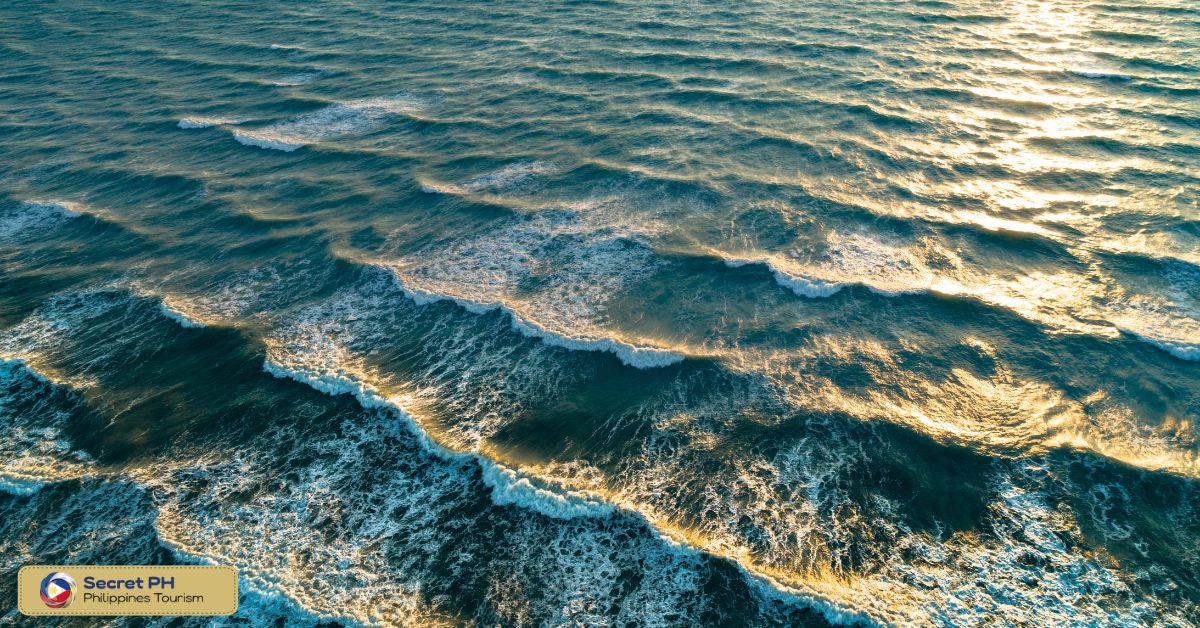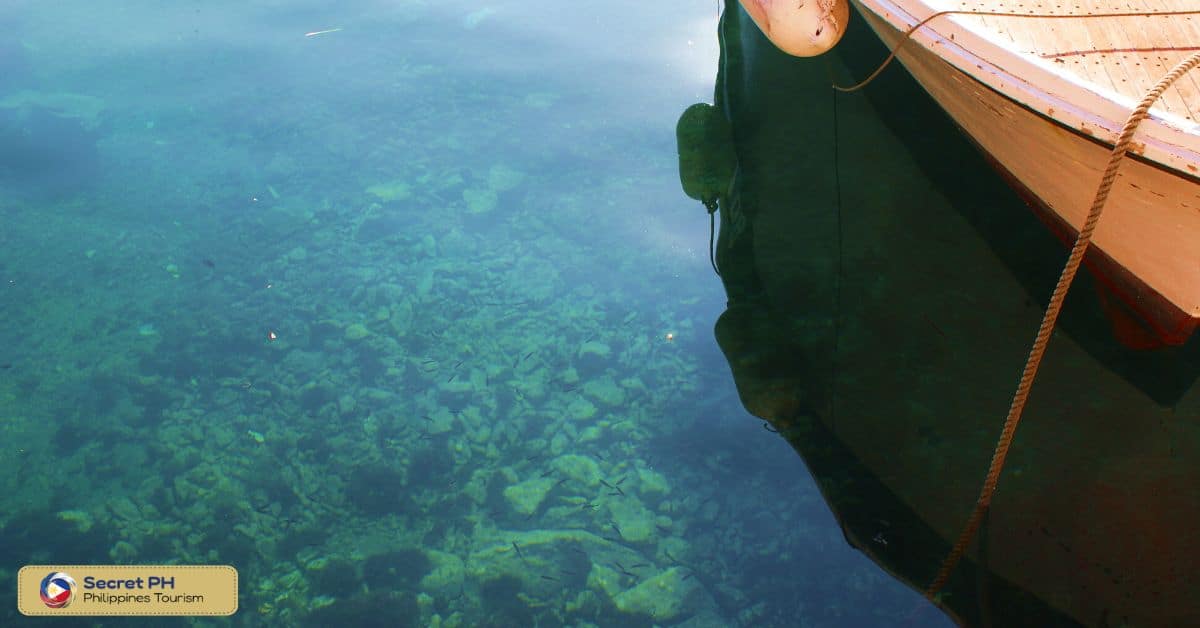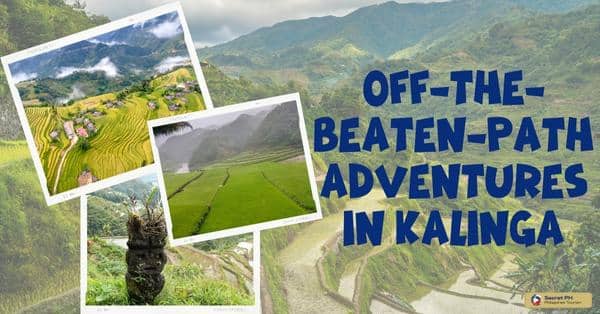The Philippines’ weather plays a crucial role in the country’s rich marine biodiversity and the conservation efforts surrounding it. The tropical climate with its warm waters supports a vast array of marine life, including coral reefs, whale sharks, and sea turtles. However, the country is also prone to natural disasters such as typhoons, which can have a devastating impact on marine ecosystems.
In this article, we explore the relationship between the Philippines’ weather and its role in sustaining marine biodiversity. We also discuss the efforts being made to conserve and protect this unique and valuable ecosystem.

The Philippines’ Location and Climate
The Philippines is a Southeast Asian country located in the western Pacific Ocean. It is comprised of more than 7,641 islands and shares maritime borders with Taiwan to the north. Vietnam to the west, and Indonesia to the south. The country’s location makes it prone to natural disasters such as typhoons, earthquakes, and volcanic eruptions. Despite these challenges, the Philippines boasts a tropical climate with an average temperature of 28°C (82°F) throughout the year.
This makes it a popular destination for travelers seeking sun, sand, and sea. The country’s weather is divided into two seasons, the dry season from December to May. The rainy season is from June to November. With its beautiful beaches, lush landscapes, and diverse culture. It is a must-visit destination for travelers seeking adventure, relaxation, or both.

The Philippines’ Weather Patterns
The country is known for its tropical climate, characterized by high temperatures and high humidity levels all year round. However, beyond this general knowledge. Understanding the weather patterns of this island nation can be crucial to planning any trip or outdoor activity. The country’s location on the Pacific Ring of Fire means that it is also highly vulnerable to typhoons and tropical storms
This means that visitors to the Philippines should be mindful of weather forecasts and updates. This is especially during the wet season, to ensure that their trip runs smoothly and safely.
Monsoons
The monsoon season is an integral part of the Philippines’ weather patterns. This phenomenon occurs annually and is marked by heavy rainfall. Monsoons affect the country’s agriculture and fishing industries. Crops and fishing activities are heavily dependent on the weather and the availability of water. This weather pattern also poses risks to individuals and communities.
The flooding and landslides are common during the season. Despite the challenges it brings, monsoons are also celebrated by Filipinos, it brings respite from the scorching heat. It is a time for families to gather indoors, delights in warm meals. They bond over board games while waiting for the rain to pass.

Typhoons
The Philippines is a country known for its beautiful beaches and stunning islands. It is also a place where weather patterns can be particularly unpredictable. Typhoons, in particular, are a force to be reckoned with. These violent storms can cause enormous damage and destruction to homes and infrastructure. They leave many communities vulnerable and in danger. With an average of 20 typhoons hitting the Philippines each year.
It is important for residents and visitors to be prepared and aware of the risks involved. Fortunately, the government has taken measures to prepare for these natural disasters. They set up evacuation centers and early warning systems to alert people to potential danger. With careful planning and preparation, it is possible to weather a typhoon and emerge safely on the other side.

El Niño and La Niña
The Philippines’ weather patterns are heavily influenced by El Niño and La Niña phenomena. El Niño is characterized by unusually warm ocean currents in the Pacific, resulting in droughts and dry spells in the Philippines and other Southeast Asian countries. In contrast, La Niña is characterized by cooler-than-normal ocean currents, leading to increased rainfall and higher chances of floods and landslides. These weather patterns can impact various sectors such as agriculture, tourism, and even public safety. It is crucial for the government and other stakeholders to be aware of these phenomena’s potential impacts and take appropriate measures to mitigate their effects.

Effects of Weather on Marine Biodiversity
The marine environment is complex and fragile and is greatly influenced by a variety of weather conditions. From rising temperatures to severe storms. The weather patterns can have significant impacts on the delicate balance of marine biodiversity. These effects can be positive or negative, depending on the specific conditions and species involved. Understanding the complex relationship between weather and marine wildlife is key to developing sustainable management. Also, strategies to protect and conserve this vital ecosystem.
Temperature changes
Temperature changes have been shown to have significant effects on marine biodiversity. Warmer waters can cause coral bleaching and shift the distribution of some species. Additionally, changes in temperature can alter the timing of life cycle events, such as reproduction. It can have cascading effects throughout the food web. Monitoring temperature changes and their impacts on marine life is crucial for understanding and mitigating the effects of climate change on our oceans.

Ocean currents
Ocean currents are a vital component of our planet’s oceanic and atmospheric systems. They move water, heat, and nutrients around the globe, affecting weather patterns and controlling the distribution of marine biodiversity. As global temperatures continue to rise, changes in ocean currents are becoming increasingly significant for marine life, potentially disrupting migration patterns, food availability, and reproductive cycles.

Water clarity
Water clarity is a vital aspect of marine biodiversity that is heavily influenced by weather. Heavy rainfall and wind can often lead to increased sediment discharge into water bodies, which in turn hinders visibility and reduces oxygen levels for marine life. Clearer water, on the other hand, provides a conducive environment for underwater vegetation to thrive and support a diverse array of aquatic species.

Storm surge and coastal erosion
The effects of storm surge and coastal erosion on marine biodiversity can be significant. Storm surges occur when the water level rises above its normal levels due to strong winds or pressure changes in the atmosphere. These surges can cause damage to coastal ecosystems, including erosion of beaches and wetlands. As a result, habitats for marine species can be destroyed, and many animals may lose their homes.

Conservation Efforts in the Philippines
The Philippines, being a tropical archipelago, is a country prone to natural calamities. However, it is also known as one of the world’s richest countries in terms of marine biodiversity. This is attributed to its geographic location and warm, shallow waters which provide a perfect habitat for a diverse range of species. Unfortunately, human activity, climate change, and pollution have put this biodiversity at risk.
Thankfully, various conservation efforts have been implemented to address these concerns. While more work needs to be done, these initiatives are crucial in ensuring the preservation of the Philippines’ rich marine biodiversity for future generations to enjoy.
Protected areas
The Philippines is home to a vast array of marine biodiversity, but unfortunately, it is also one of the most threatened due to human activity. In order to conserve and protect these precious natural resources, various protected areas have been established throughout the country. With the cooperation of the government and local communities, these conservation efforts aim to preserve the country’s marine habitats and species.
These protected areas play a crucial role in maintaining the balance of our ecosystem and ensuring sustainable development for the future. Through these ongoing conservation efforts, we can all contribute towards a better future for our planet and its precious marine life.

Marine sanctuaries
To help protect these vital habitats, marine sanctuaries have been established throughout the country. These sanctuaries serve as protected areas where fishing and other activities that can harm the ecosystem are prohibited. Instead, they are designated for activities that promote conservation and education, such as ecotourism and research.
By designating these areas as sanctuaries, the Philippines is taking an active role in preserving the health and biodiversity of its marine environment for generations to come. As a result, visitors can experience the country’s natural beauty while also contributing to the vital conservation efforts undertaken by the government and local communities.

Sustainable fishing practices
Faced with declining fish stocks and the threat of overfishing, the Philippines has taken up the challenge of pursuing sustainable fishing practices to preserve its marine resources for future generations. This includes implementing policies that limit and regulate fishing activities in designated fishing areas, promoting the use of eco-friendly fishing methods, and rehabilitating marine sanctuaries and protected areas. Conservation organizations and local communities have also joined in the effort, organizing coastal cleanups, mangrove planting, and educating fishermen on sustainable fishing practices.
These conservation efforts have not only helped preserve marine ecosystems and biodiversity but also sustained the livelihoods of small-scale fishermen who rely on the sea for their income and food security.

Community involvement and education
Community involvement and education are crucial elements to any conservation effort, especially in the Philippines. With over 50,000 plant and animal species in the country, it is necessary to have a sustainable approach in protecting its biodiversity. This is where community involvement and education play a vital role. Educating the community on the importance of conservation efforts and providing them with the necessary tools will enable them to take an active part in preserving their natural resources.
A great example of community involvement can be seen in the Apo Island Protected Landscape and Seascape. The local community has taken ownership of conservation efforts, resulting in an increase in the population of marine species and the establishment of an ecotourism industry.

In Conclusion
The Philippines’ weather plays a vital role in its marine biodiversity and conservation efforts. With over 7,641 islands, the country’s location in the western Pacific Ocean is in the path of typhoons and monsoons. This brings in high amounts of rainfall and strong winds. These weather patterns create a diverse range of habitats for marine life, from coral reefs to seagrass beds. However, human activities such as overfishing and pollution have threatened the country’s marine ecosystem.
The Philippine government has implemented various conservation measures. These include the establishment of marine protected areas, to protect its valuable marine resources. It is crucial to recognize the impact of the weather on the country’s marine biodiversity and to take action to preserve and sustain it for future generations.








